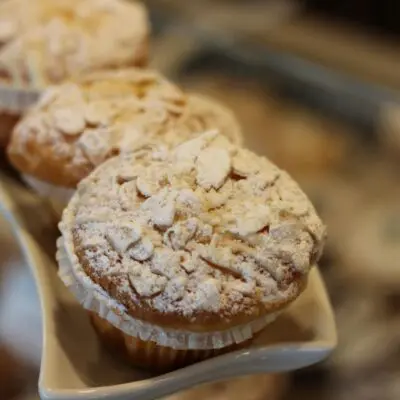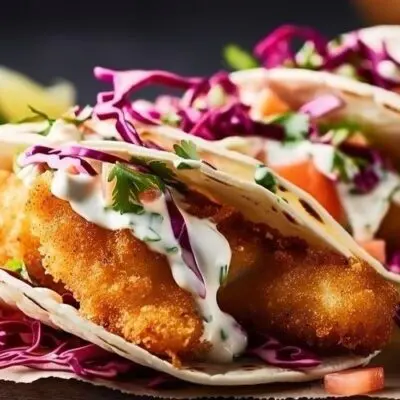Directions
The Basics
OG (Original Gravity): 1.050 – 1.060
FG (Final Gravity): 1.010 – 1.016
IBU (International Bitterness Units): 20-30
ABV (Alcohol By Volume): 4.5 – 6.0%
SRM (Standard Reference Method): 8 – 18
Ingredients Quantity (for 5-gallon batch)
The Reagents (Ingredients)
- Malts
- Pale Malt: 8 lbs (3.6 kg)
- Caramel/Crystal Malt: 1 lb (450 g)
- Adjuncts
- Pumpkin Puree: 3 lbs (1.4 kg), sterilized
- Rice Hulls: 0.5 lbs (225 g), optional, to avoid stuck mash
- Hops
- East Kent Golding Hops: 1 oz (28 g)
- Yeast
- American Ale Yeast (Saccharomyces cerevisiae): 1 packet
- Spices
- Cinnamon: 1 tsp (5 ml)
- Nutmeg: 0.5 tsp (2.5 ml)
- Allspice: 0.5 tsp (2.5 ml)
- Priming Sugar
- Corn Sugar: 5 oz (142 g)
Apparatus & Tools
- Mash Tun
- Boiling Kettle
- Fermentation Vessel
- Hydrometer
- Thermometer
- pH Meter
Experimental Procedure (Brewing Process)
- Mashing:
- Heat water in the mash tun to around 165°F (74°C). Add malts.
- Maintain a pH of 5.2 – 5.5 for optimal enzymatic activity.
- Allow saccharification at 150-156°F (65-69°C) for 60-90 mins.
- Lautering:
- Drain the wort and separate from grain husks.
- Use rice hulls if necessary to prevent a stuck sparge.
- Boiling:
- Boil the wort for 60 minutes.
- Add hops at the beginning of the boil for bittering.
- Add sterilized pumpkin puree and spices in the last 5 minutes.
- Cooling:
- Cool the wort quickly to 65-75°F (18-24°C) to minimize bacterial contamination.
- Fermentation:
- Pitch yeast into the wort.
- Allow fermentation at 65-75°F (18-24°C) until FG is stable.
- Conditioning:
- Add priming sugar and bottle.
- Allow for carbonation and aging for at least two weeks.
- Quality Control:
- Use a hydrometer to measure FG.
- Tasting notes should reveal a harmonious blend of pumpkin, spice, and malt flavors, with no off-flavors indicating contamination.
Time Estimates
- Preparation Time: 1 hour
- Grinding malts, measuring hops, sterilizing equipment, etc.
- Mashing: 60-90 minutes
- Includes heating the water, adding malts, and enzymatic conversion time.
- Lautering: 30-60 minutes
- Time depends on your equipment and whether you face a stuck mash.
- Boiling: 60 minutes
- Standard boiling time for most homebrews.
- Cooling: 30-45 minutes
- Faster if you use a wort chiller.
- Fermentation: 1-2 weeks
- Fermentation time may vary depending on yeast strain and temperature.
- Bottling and Conditioning: 2 weeks
- This allows for carbonation and flavor maturation.
- Total Time: Around 4-5 weeks from start to drinkable product
The Hardest Parts
- Choosing the Right Pumpkin: The type of pumpkin you use can dramatically affect the flavor. We recommend sugar pumpkins for a more authentic, less starchy taste.
- Spice Balance: Overdoing it with spices like cinnamon, nutmeg, and cloves can easily overwhelm the delicate flavors of the pumpkin and the malt.
- Sanitization: As with any homebrew, improper sanitation can ruin the batch. It’s crucial to make sure all your equipment is sterilized.
- Fermentation Temperature: Maintaining a consistent temperature is key for the yeast to work its magic. Fluctuations can lead to off-flavors.
- Clarity: Pumpkin ales can sometimes turn out a bit cloudy. If you’re aiming for a clearer beer, you might need to use clarifying agents.
Possible Questions & Doubts
- Can I use canned pumpkin?: Yes, you can, but make sure it’s pure pumpkin and not pumpkin pie filling, which has added spices and sugar.
- What’s the best yeast for a pumpkin ale?: The yeast choice can affect the beer’s flavor, and there are many varieties suitable for a pumpkin ale, such as American ale yeast strains.
- How long should I age it?: Pumpkin ale is generally best when fresh, but some brewers like to age it for a few weeks to mellow out the spice flavors.
- How do I carbonate the beer?: Carbonation can be done naturally through bottle conditioning or with forced carbonation in a keg.
- How long will it keep?: As with most ales, pumpkin ale is best consumed within a few months of brewing for the best flavor profile.









